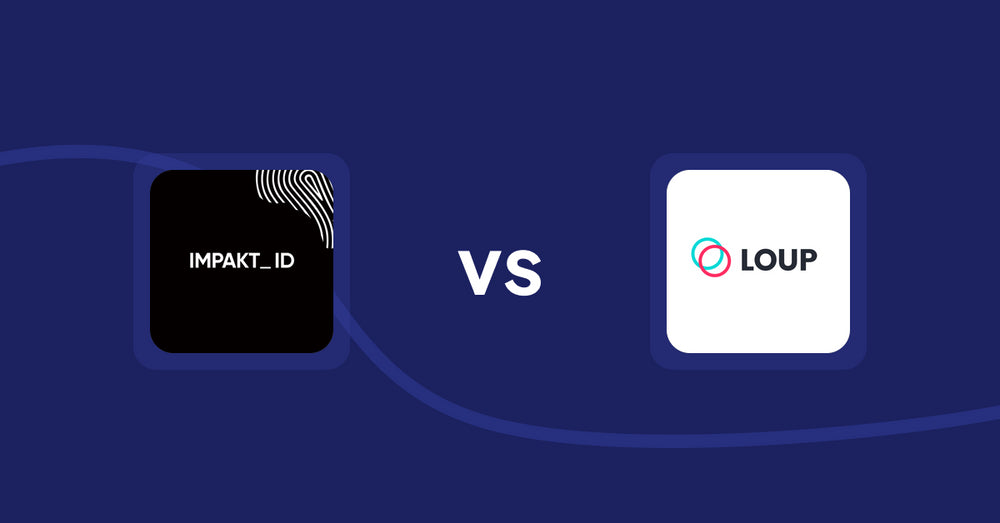Shopify Metafield Apps: TableFlow Specification Table vs Meta fields editor

Table of Contents
- Introduction
- How Does TableFlow Specification Table Work?
- How Does Meta fields editor Work?
- How Much Does TableFlow Specification Table Cost?
- How Much Does Meta fields editor Cost?
- Cost Analysis: TableFlow Specification Table vs. Meta fields editor
- User Reviews & Customer Support Insights
- Integration and Compatibility Comparison
- Conclusion
Introduction
In the competitive realm of e-commerce, ensuring that product information is accurate, comprehensive, and accessible is vital for customer satisfaction and conversion rates. One such tool enabling this is the use of metafields, which allows merchants to provide additional context about their products. Metafield apps are essential for enhancing user experiences and elevating sales outcomes by simplifying how product details are managed and displayed.
Among the various options available, TableFlow Specification Table and Meta fields editor cater to the needs of merchants looking to leverage metafields effectively. TableFlow, developed by Activory, is tailored to streamline the creation and integration of specification tables into product pages. In contrast, Meta fields editor by Dalibor focuses more on adding and managing metafields but lacks the robust features found in TableFlow.
How Does TableFlow Specification Table Work?
TableFlow Specification Table stands out with its comprehensive approach to managing product specifications through metafields. It is designed to quickly add specification tables for a vast number of products, making it particularly beneficial for shops with extensive inventories. Here’s an overview of its main features:
-
Unlimited Products and Tables: With the ability to create tables for unlimited products and groups, businesses can adapt the app to cater to diverse inventory needs—ideal for both startups and large enterprises.
-
Dynamic Feedback: The specification table updates in real time when product variants are selected, ensuring that customers receive immediate and relevant information without needing to refresh the page. This feature enhances customer experience by reducing confusion during the buying process.
-
Conditional Display Logic: This allows users to show certain metafield tables based on product groups, tags, and types. For instance, if a garment has different specifications compared to electronics, the display logic can ensure that only relevant specifications are visible to users.
-
Tooltip Functionality: Adding descriptive tooltips enables merchants to offer additional information on hover, thus providing customers with more context without cluttering the product page.
-
Variety of Templates: TableFlow includes multiple templates such as specification tables and multi-column layouts, allowing businesses to present their data visually appealingly. This flexibility means that startups, small businesses, and large companies can tailor their product pages according to branding and customer preferences.
Imagine a scenario where a clothing retailer needs to display detailed product specifications, including sizing, material, care instructions, and customer ratings. With TableFlow, this information can be organized neatly in easily digestible formats, ultimately leading to better-informed purchase decisions.
How Does Meta fields editor Work?
The Meta fields editor provides essential functionality for merchants to manage custom metafields, allowing them to add necessary product details that Shopify might not typically support. However, its limitations become apparent when compared to features offered by TableFlow.
-
Basic Custom Field Management: Meta fields editor allows the creation of custom metafields for each product, enabling sellers to provide additional descriptions or notes. This feature is standard and necessary for the effective management of product pages but lacks advanced options found in TableFlow.
-
Unlimited Pair Attribute Management: Users can add unlimited attribute name-value pairs, allowing for greater flexibility when detailing product features. While beneficial, this is a function that needs to be executed efficiently—something TableFlow does more dynamically.
However, the Meta fields editor is limited in scope. It lacks advanced features such as conditional logic and real-time updates, making it less versatile for larger or more complex inventories.
How Much Does TableFlow Specification Table Cost?
When exploring cost-effective solutions within the realm of metafields, TableFlow Specification Table offers a competitively priced plan tailored to meet various business needs:
-
Basic Plan ($5.96/month):
- Features: This plan includes unlimited products and specification tables, up to 150 table groups, metafield support, display logic, and access to email support.
- Limitations: There are no higher tier plans available, which could be a consideration for rapidly scaling businesses.
- Target Audience: This plan is ideal for startups and small to medium-sized businesses looking to enhance their product pages without incurring excessive costs.
- Additional Costs: The app does not mention any hidden fees, making it easier for users to anticipate their monthly expenses.
It is important to note that you can always reach out to our team, and we can create a custom pricing plan to suit your needs and your budget. Schedule a call via this link and we’ll come up with the best solution for you and your business.
How Much Does Meta fields editor Cost?
In terms of cost, the Meta fields editor offers an affordable pricing plan, but one that seems rather basic compared to what TableFlow provides.
-
Basic Plan ($3/month):
- Features: The plan allows you to add custom metafields and extra information, which could be useful for merchants needing to include additional product details.
- Limitations: Given its limited feature set and lack of support for more complex data organization, the app falls short, especially for businesses aiming for growth.
- Target Audience: This pricing tier might appeal to very small businesses or individual sellers with minimal product ranges who are budget-conscious.
- Additional Costs: No additional fees have been mentioned.
While cheaper upfront, the limited features of the Meta fields editor can lead to increased labor and inefficiency, especially as business needs evolve.
Cost Analysis: TableFlow Specification Table vs. Meta fields editor
When comparing the pricing of TableFlow and Meta fields editor, it becomes apparent that TableFlow offers a more substantial value proposition, particularly for growing operations. While both apps have their merits, TableFlow’s features justify its slightly higher cost through enhanced functionality and scalability.
While Meta fields editor starts a bit cheaper, it may not deliver the same return on investment in terms of customer engagement and sales uplift since it lacks the robust tools that make managing product information more efficient.
User Reviews & Customer Support Insights
Is TableFlow Specification Table good?
TableFlow has garnered a remarkable 5-star rating based on 64 reviews. Users rave about its ease of use, comprehensive features, and customer support, indicating a strong satisfaction rate among those who have implemented it in their workflows.
Is Meta fields editor good?
Meta fields editor, on the other hand, has an average rating of only 1 star based on a single review. This stark contrast highlights significant deficiencies in user experience, potentially stemming from limited functionality and lackluster performance in meeting user expectations.
Negative perceptions are generally associated with usability issues and perceived inadequacies in customer support, leading to lesser recommendations.
User Preference: TableFlow Specification Table or Meta fields editor?
Comparing user ratings clearly favors the TableFlow Specification Table as the preferred choice. The disparity in ratings can primarily be attributed to the more extensive and user-friendly features it offers, enabling merchants to manage their product information comprehensively and effectively.
Integration and Compatibility Comparison
TableFlow Specification Table Integrations
TableFlow integrates seamlessly with Shopify’s ecosystem, ensuring that businesses can implement and use its specifications tables without technical issues. This capability facilitates comprehensive data management while delivering enhanced product information directly to potential customers.
Meta fields editor Integrations
Unfortunately, the Meta fields editor lacks any highlighted integrations, signaling limited adaptability compared to TableFlow. This can hinder a user’s experience, as retailers often benefit from having interconnected tools for a smoother workflow.
Conclusion
In conclusion, both TableFlow Specification Table and Meta fields editor provide solutions in their own right. However, when analyzing their features, pricing structures, user reviews, and overall utility, it becomes evident that TableFlow is the better solution. With an impressive rating and the ability to enhance product listings effectively, it provides a user-friendly, customizable experience that elevates customer satisfaction and potential revenue growth. Meanwhile, the Meta fields editor, although more affordable, lacks the functionalities to keep up with more extensive operations and dynamic product lines, making TableFlow a superior choice for many businesses.
Still Searching for the Perfect Customization Solution?
Stop searching and start thriving with Accentuate Custom Fields! This powerful metafield management app supercharges Shopify’s native features, giving you the tools to create a truly personalized customer experience.
Why Choose Accentuate Custom Fields?
- Advanced Customization: Unlimited field definitions, logical grouping, and custom layouts make your store one-of-a-kind.
- Enhanced Editor Experience: Effortlessly edit variant metafields, use advanced HTML and markdown editors, and sync field definitions between stores.
- Flexible Management: Import/export capabilities, automatic tagging, and comprehensive support for Metaobjects and versioning.
- 24/7 Support: If you have any questions or need assistance, our team is available around the clock to help with any custom modifications to suit your store.
Join over 12,000 merchants, including top Shopify Plus stores, who trust Accentuate for their customization needs. With a stellar 4.9-star rating, Accentuate is the go-to tool for advanced CMS needs, offering unmatched flexibility and control over your store’s content. Elevate your Shopify store with high-quality content that boosts customer experiences and conversions. Tell your story, showcase your products, and create an engaging customer journey with ease.
Experience the Accentuate difference and watch your Shopify store thrive!
Accentuate vs Competition
Explore how Accentuate Custom Fields stands out. Whether you’re aiming to customise your storefront, streamline operations or improve content management, see how we compare against the competition
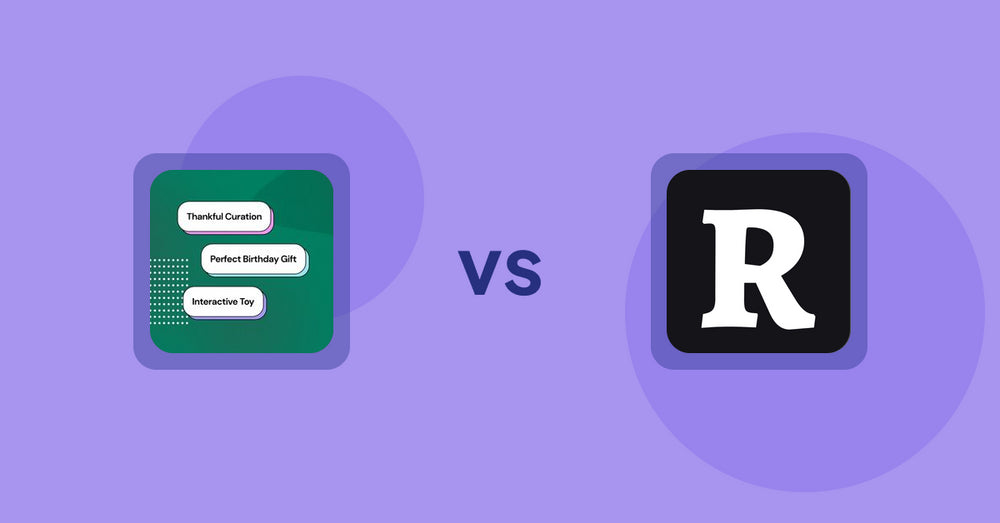
Shopify Product Display Apps: FeatureFrame ‑ Pretty Product vs. AI SEO: Top Product Features
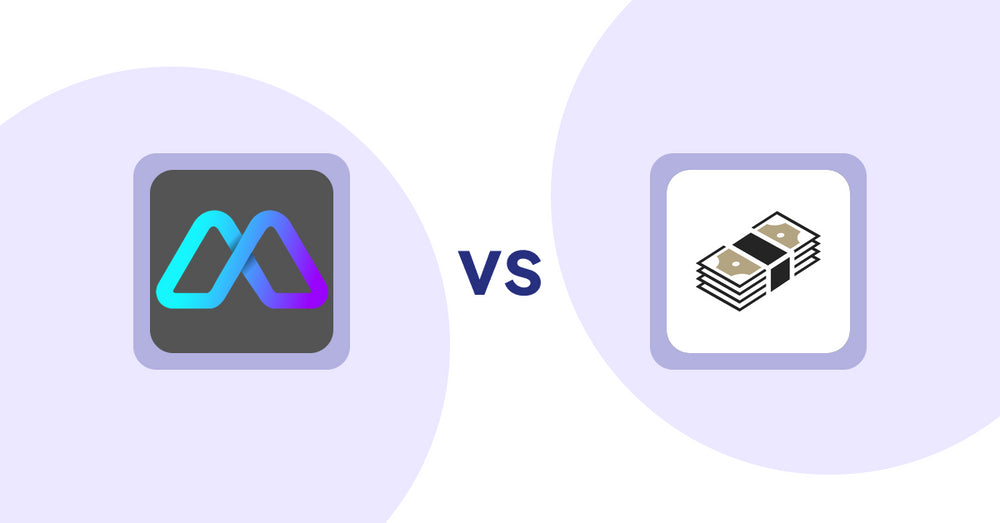
Shopify Product Display Apps: Metadrob: Create Virtual Store vs シンプルクラウドファンディング|お手軽自社クラファン
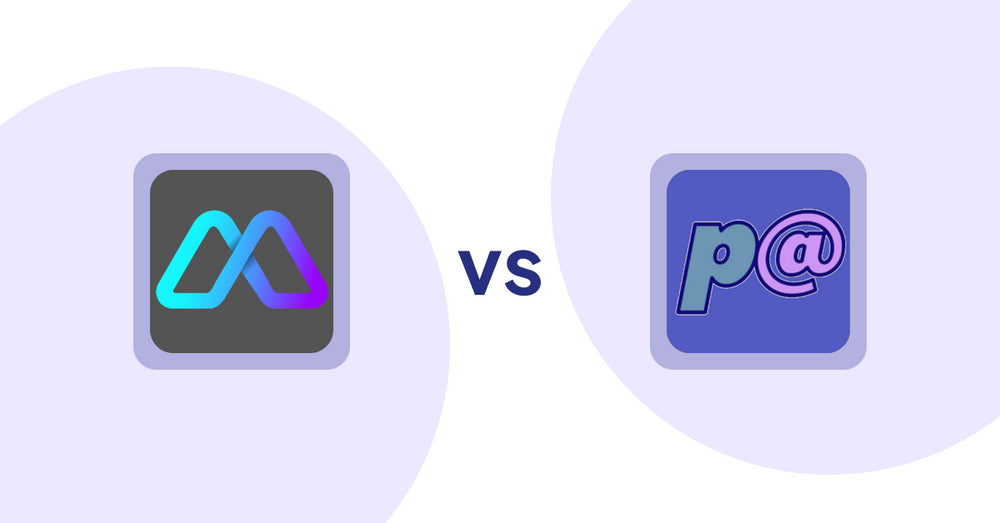
Shopify Product Display Apps: Metadrob: Create Virtual Store vs Parameterizer
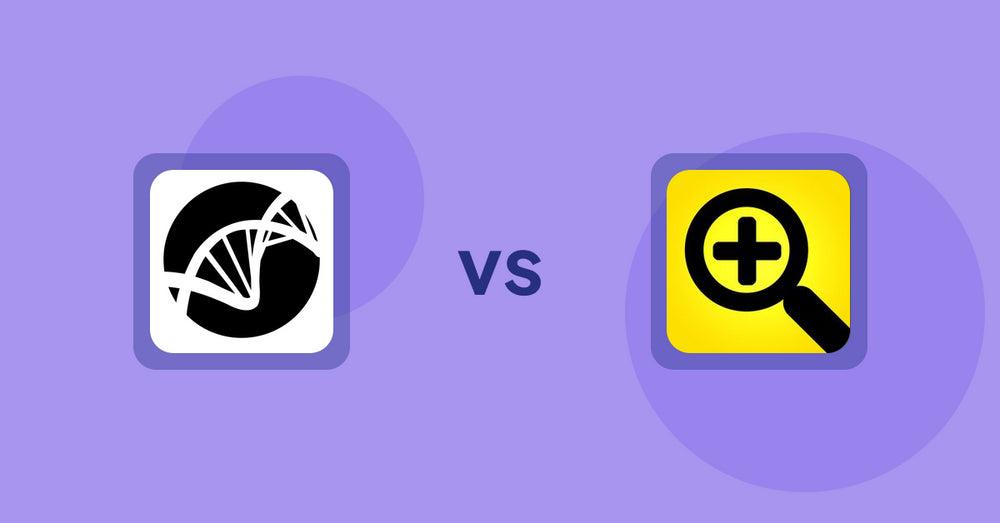
Shopify Product Display Apps: Bike Matrix vs. Fast View: Fastest Quick View
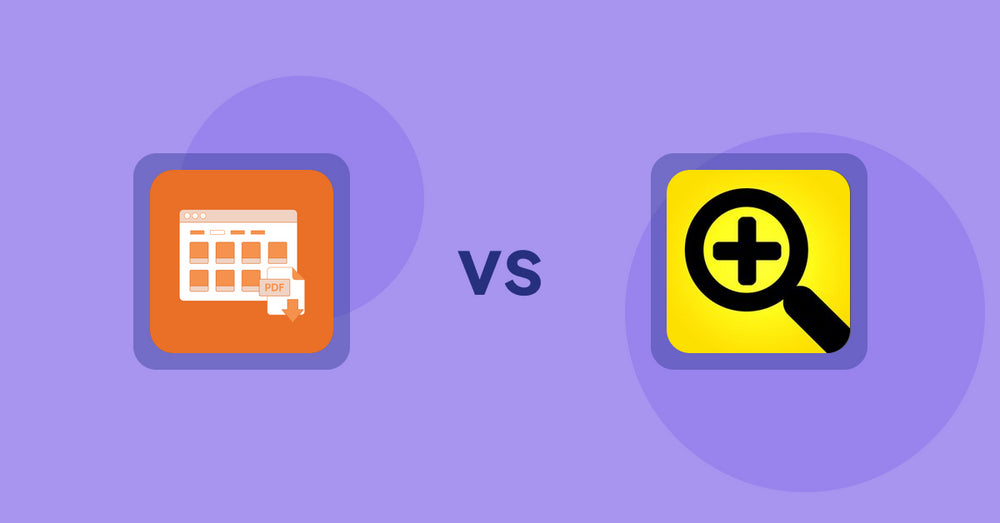
Shopify Product Display Apps: Meetanshi PDF Product Catalog vs Fast View: Fastest Quick View
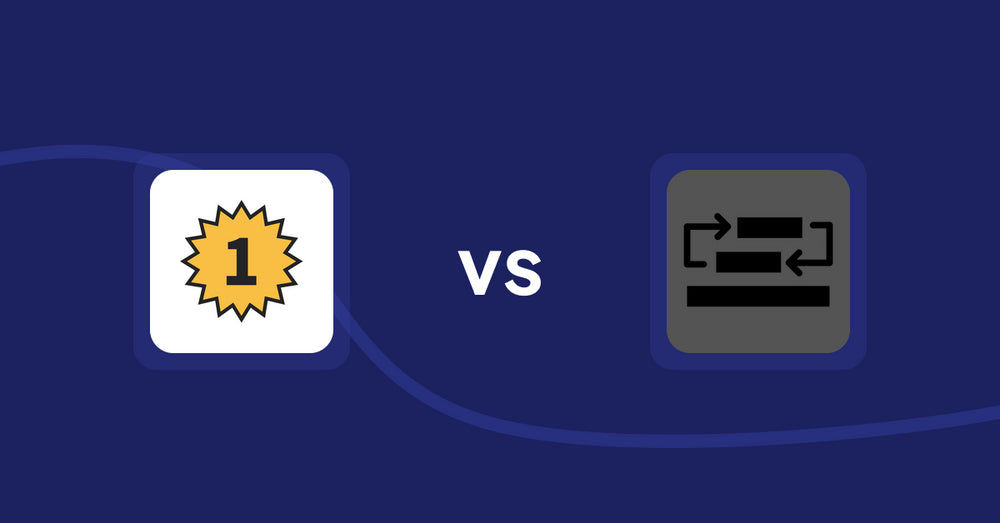
Shopify Product Display Apps: UR: Smart Ranking vs Sortyfi Collection Merchandise
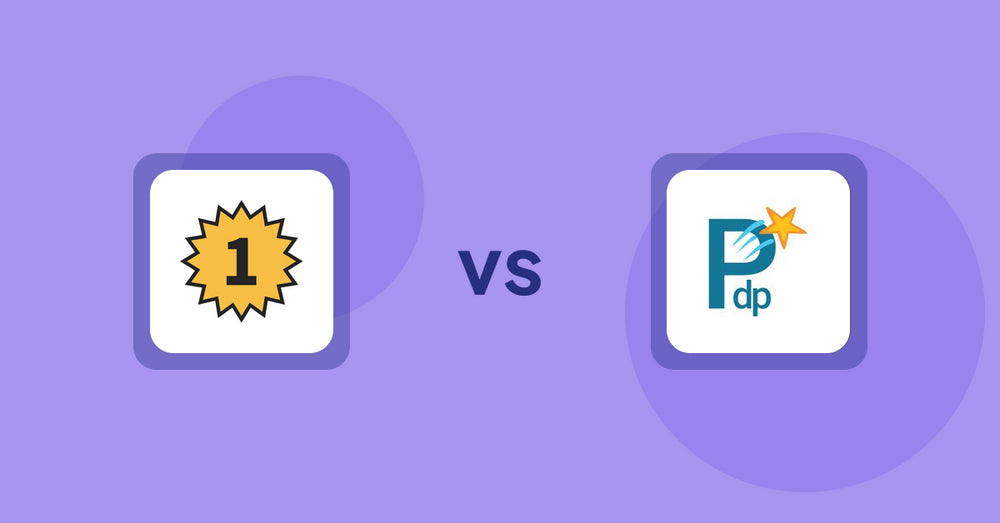
Shopify Product Display Apps: UR: Smart Ranking vs PDP Star
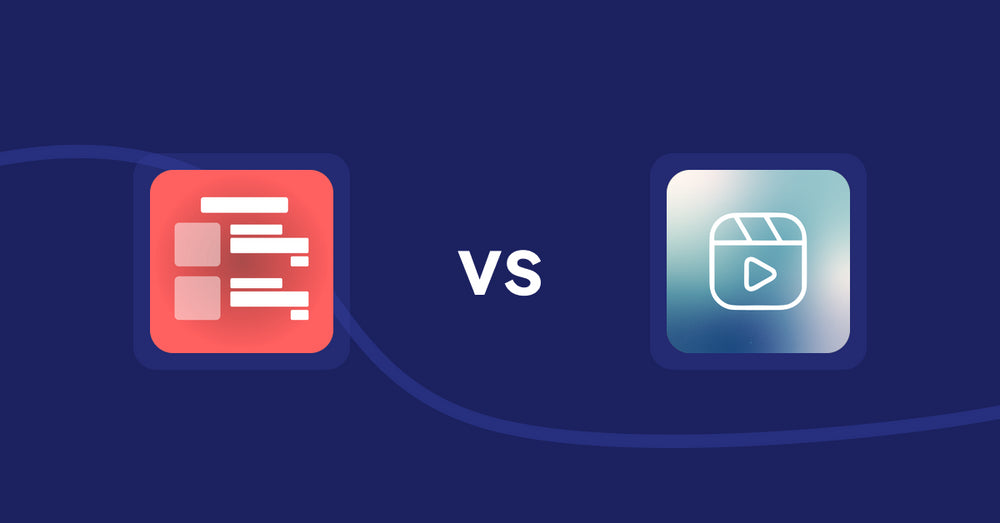
Shopify Product Display Apps: Menulog vs Reelify ‑ Shoppable Reel Video
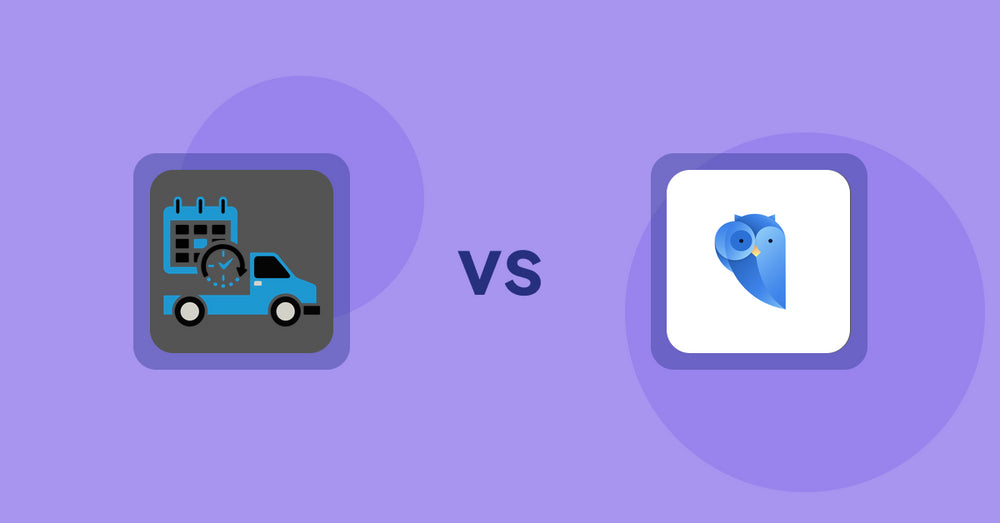
Shopify Product Display Apps: H3 Estimated Delivery vs Findify Search & Merchandise
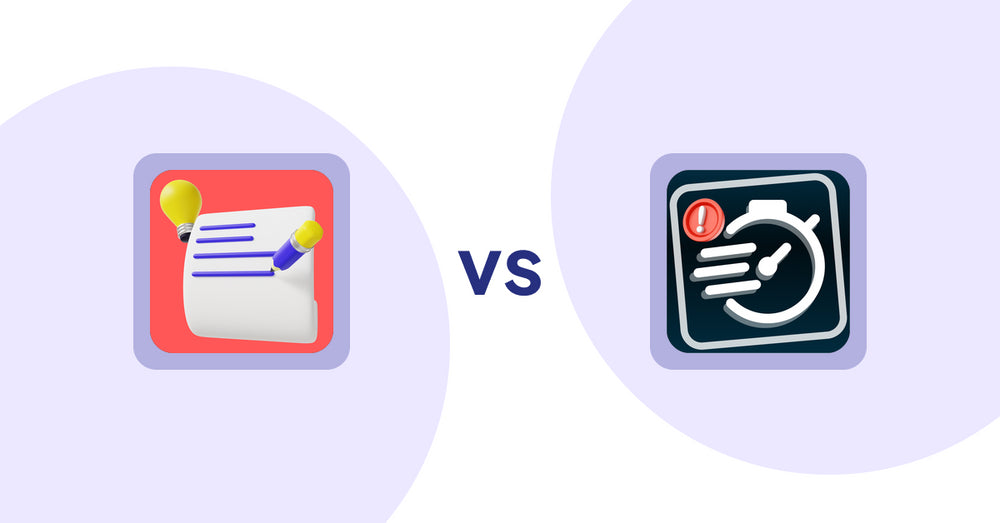
Shopify Product Display Apps: Wordo ‑ ChatGPT AI Description vs Urgency! Low Stock Counter
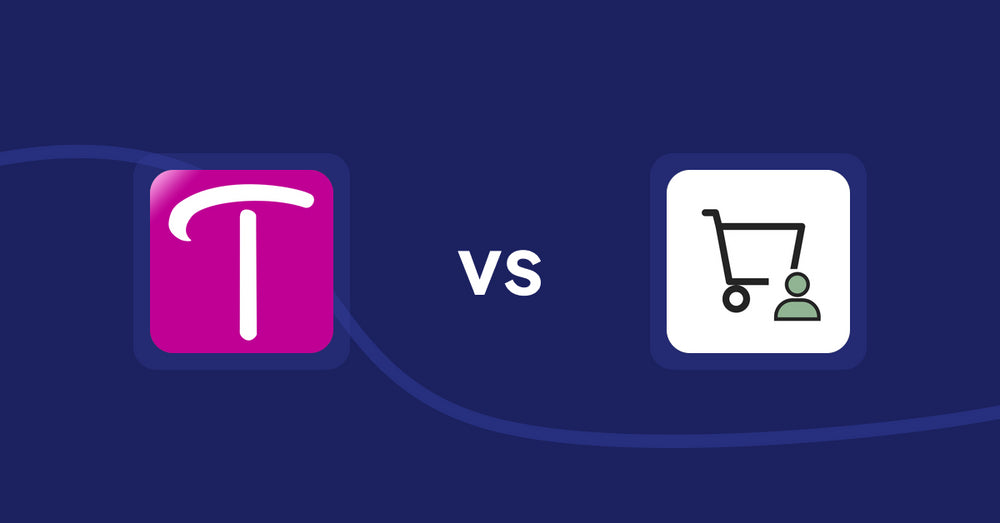
Shopify Product Display Apps: WS Transparency vs シンプル会員注文割引|お手軽ログインセール設定
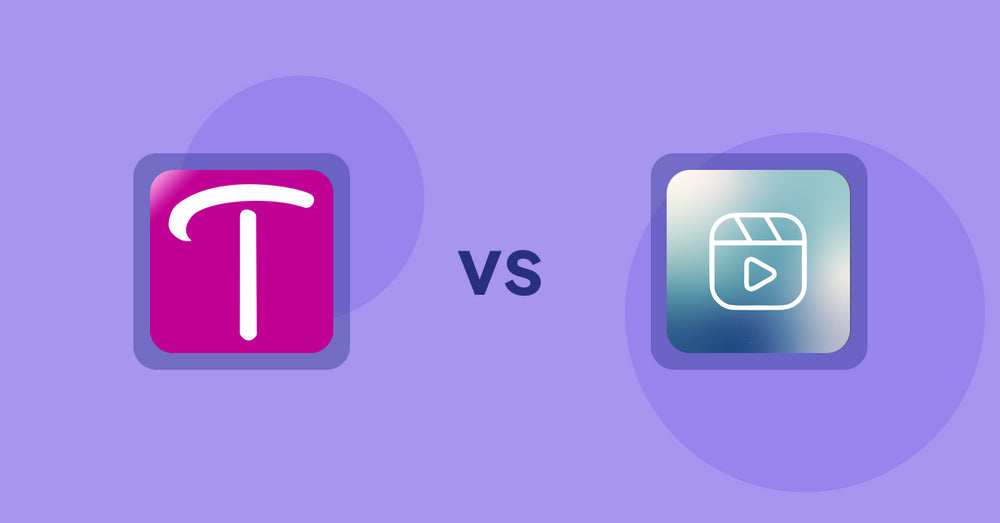
Shopify Product Display Apps: WS Transparency vs Reelify ‑ Shoppable Reel Video
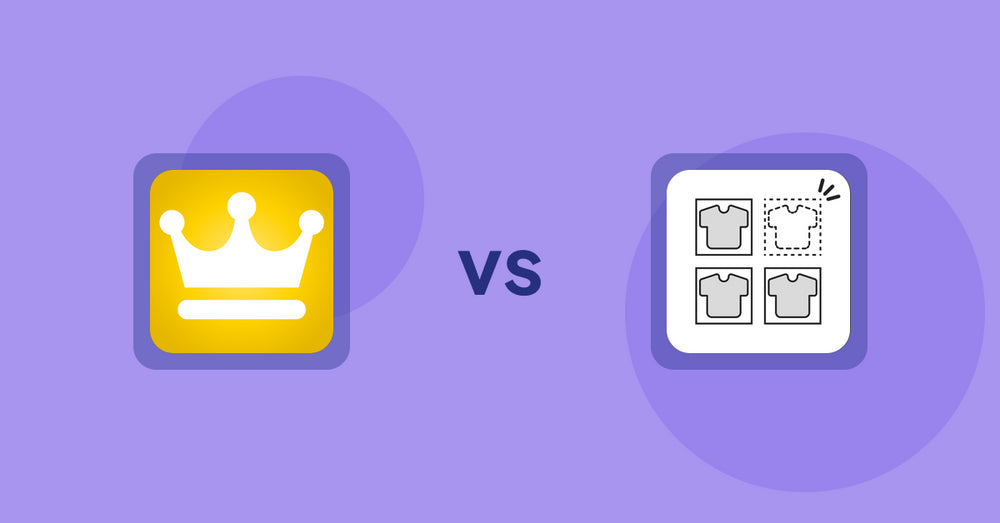
Shopify Product Display Apps: Awesome Ranking vs シンプル売り切れ非表示|在庫切れ商品の表示変更
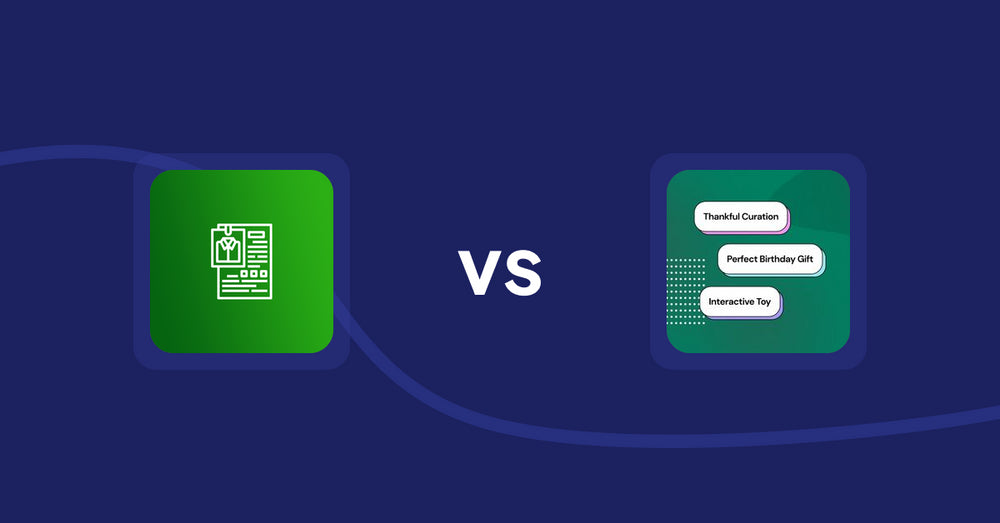
Shopify Product Display Apps: OC Product Size Chart vs FeatureFrame ‑ Pretty Product
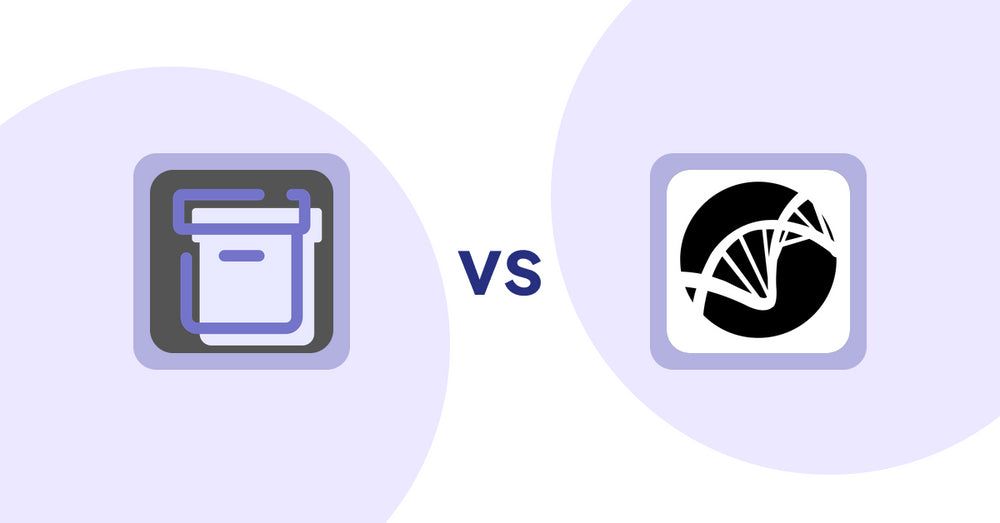
Shopify Product Display Apps: Shelfify vs Bike Matrix
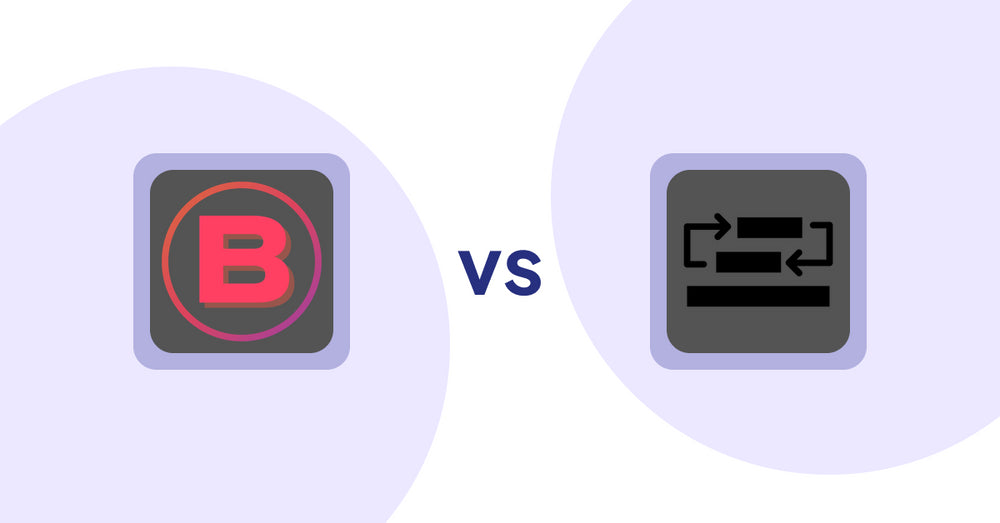
Shopify Product Display Apps: Banter Stories vs Sortyfi Collection Merchandise
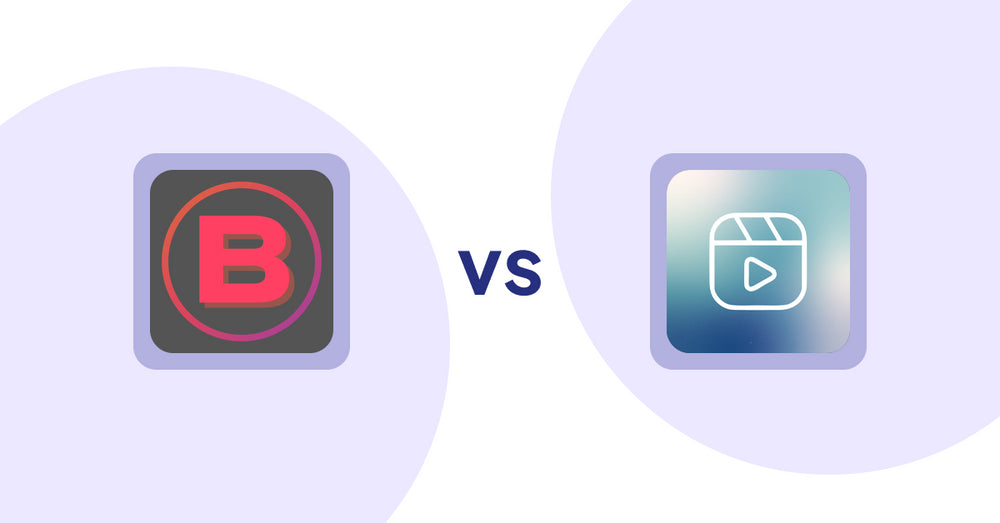
Shopify Product Display Apps: Banter Stories vs. Reelify ‑ Shoppable Reel Video
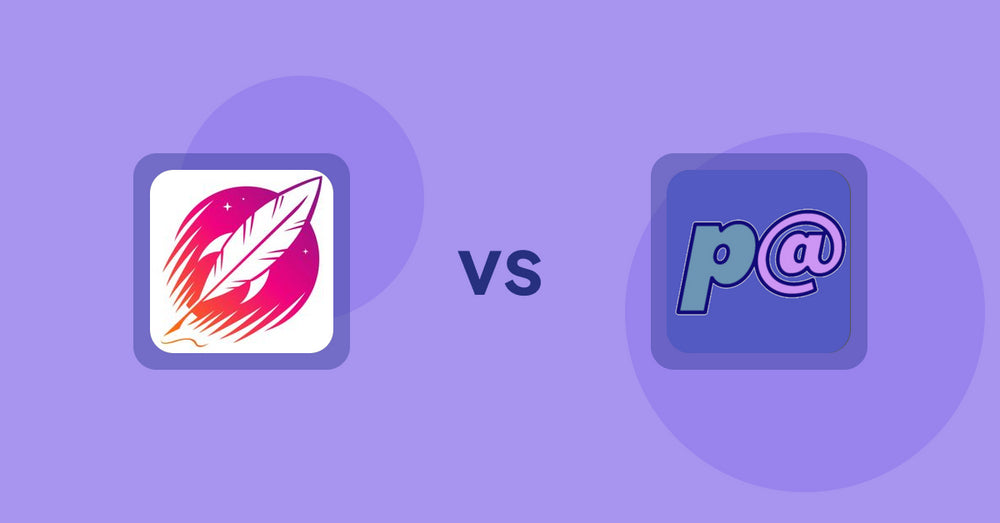
Shopify Product Display Apps: Wordsmith: Content Generator vs Parameterizer

Shopify Product Display Apps: Wordsmith: Content Generator vs Reelify ‑ Shoppable Reel Video
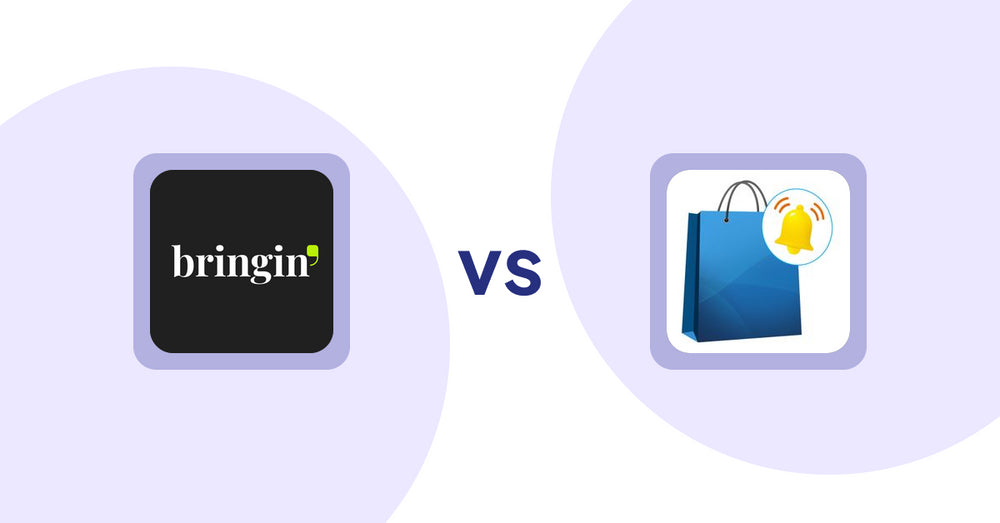
Shopify Product Display Apps: Bringin vs CartBar ‑ Product Purchase Bar
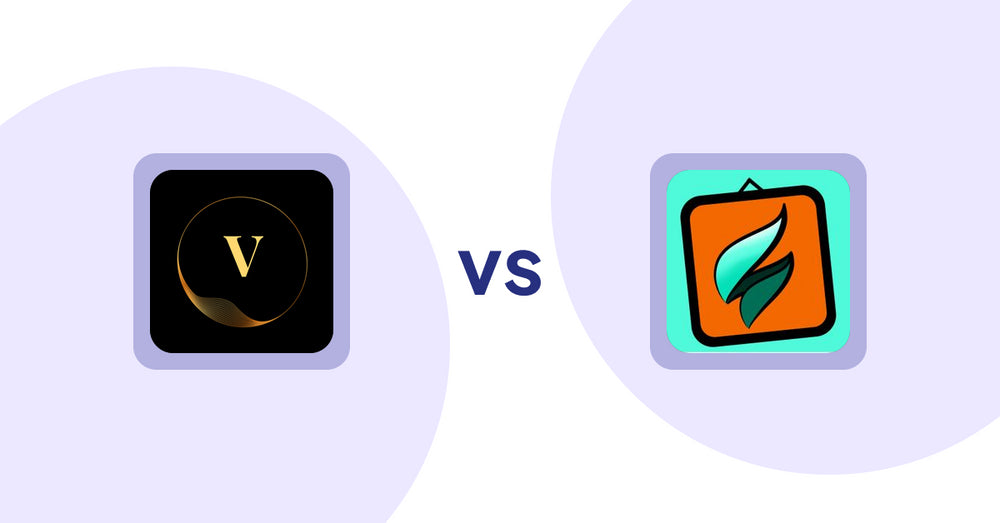
Shopify Product Display Apps: ProductTube vs SMART ‑ Art Product Builder
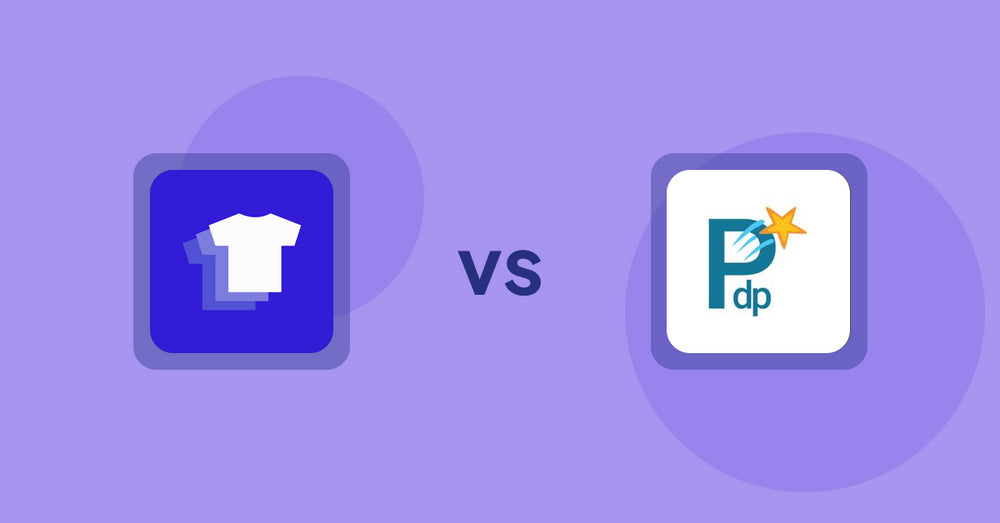
Shopify Product Display Apps: Xpander vs PDP Star
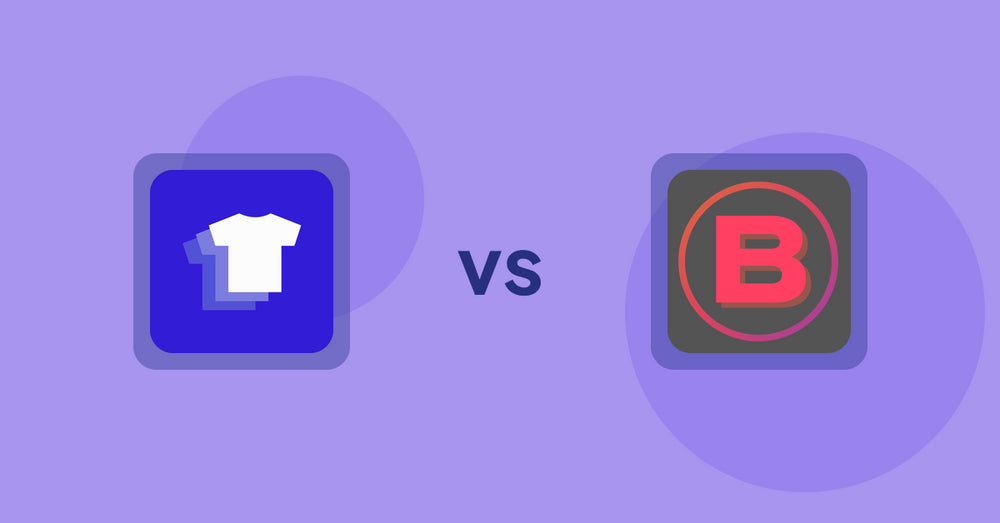
Shopify Product Display Apps: Xpander vs Banter Stories
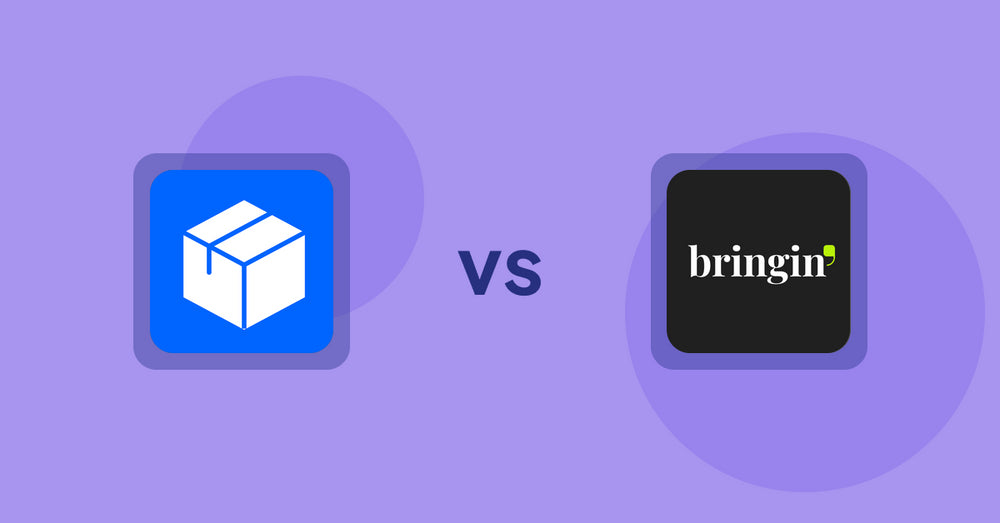
Shopify Product Display Apps: Wonderful Widgets vs Bringin
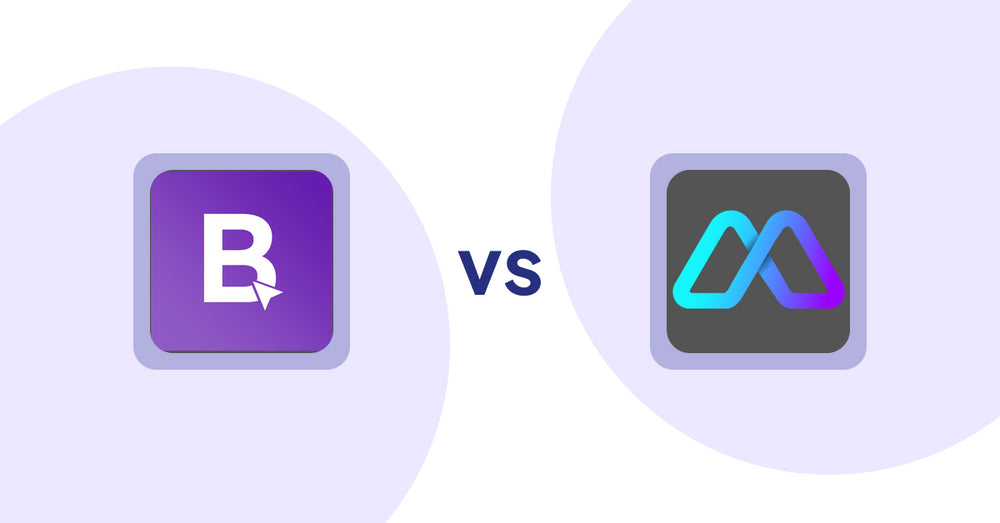
Shopify Product Display Apps: BookE - Rent Property & Service vs Metadrob: Create Virtual Store
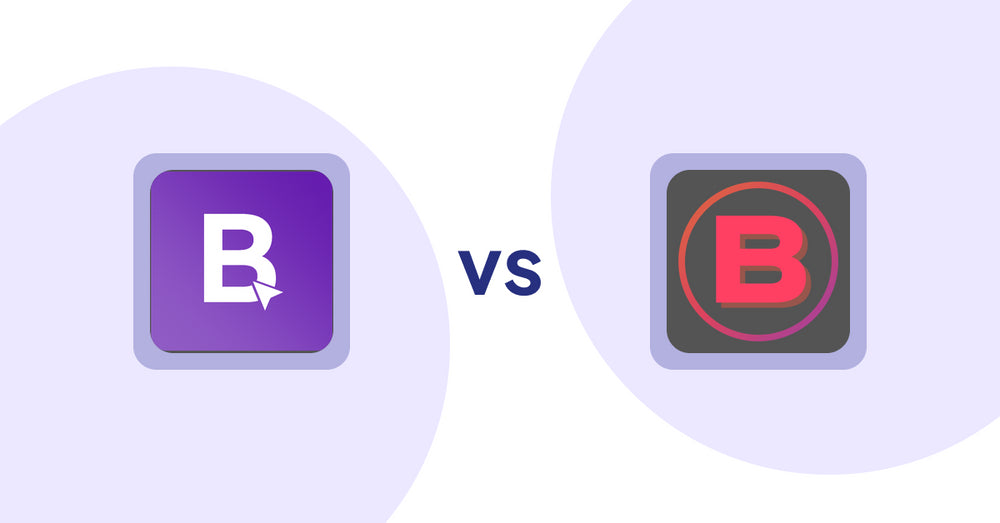
Shopify Product Display Apps: BookE ‑Rent Property & Service vs. Banter Stories
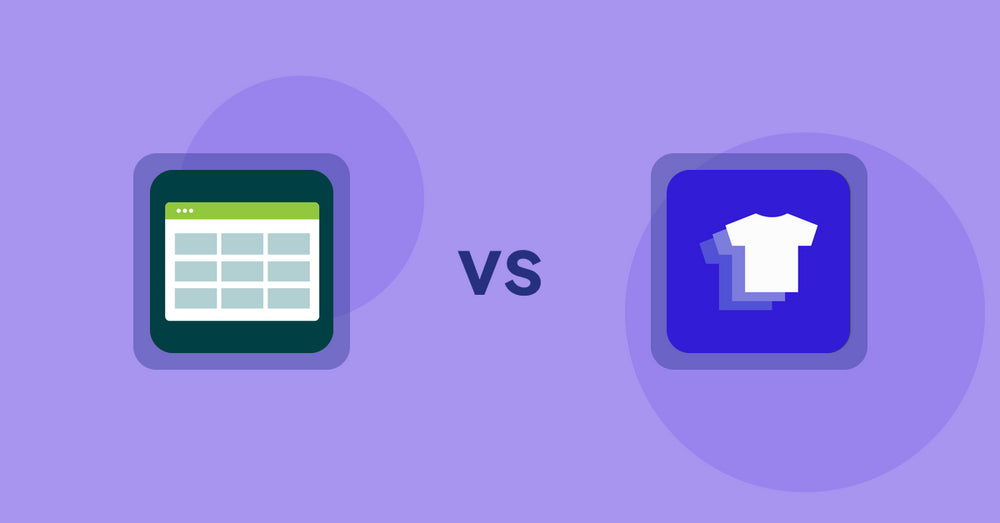
Shopify Product Display Apps: Product Table vs. Xpander
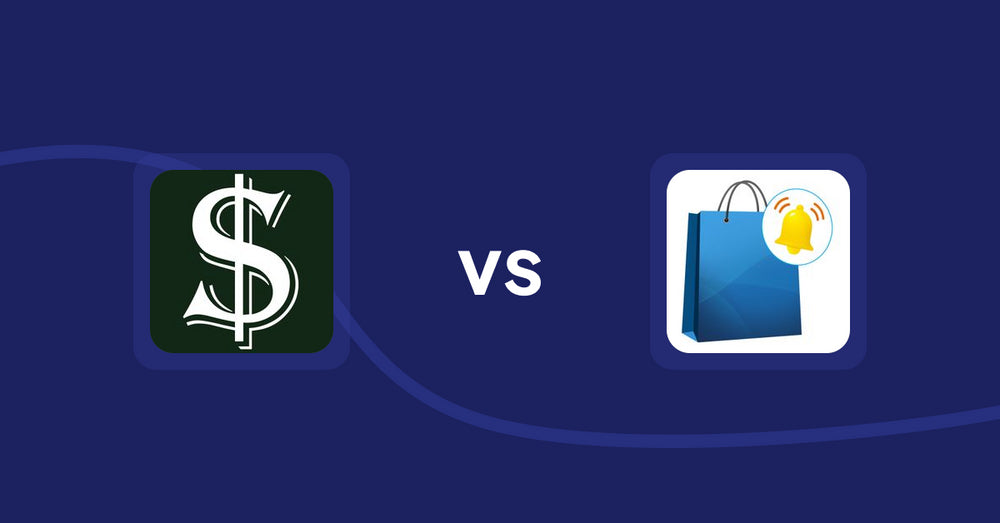
Shopify Product Display Apps: Selling Fast vs CartBar ‑ Product Purchase Bar
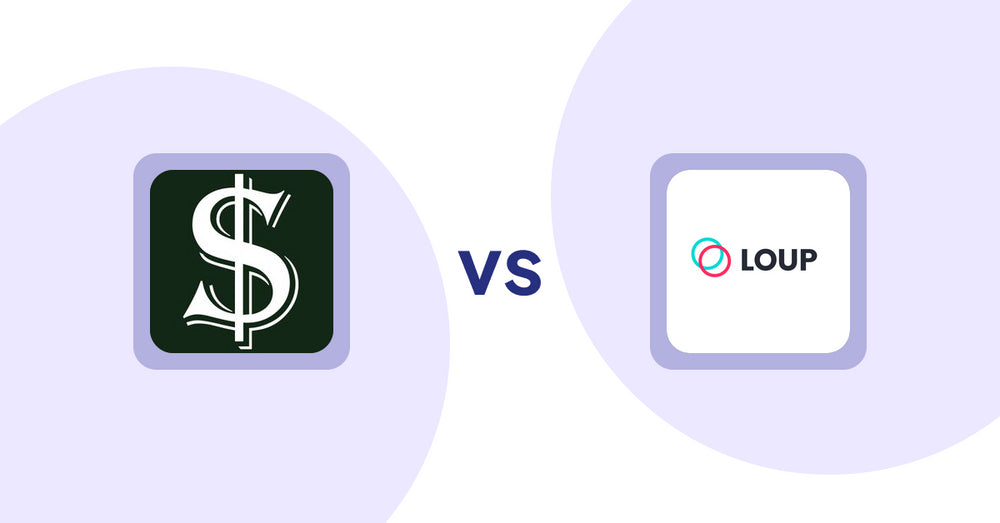
Shopify Product Display Apps: Selling Fast vs. Loup: Sell on Instagram
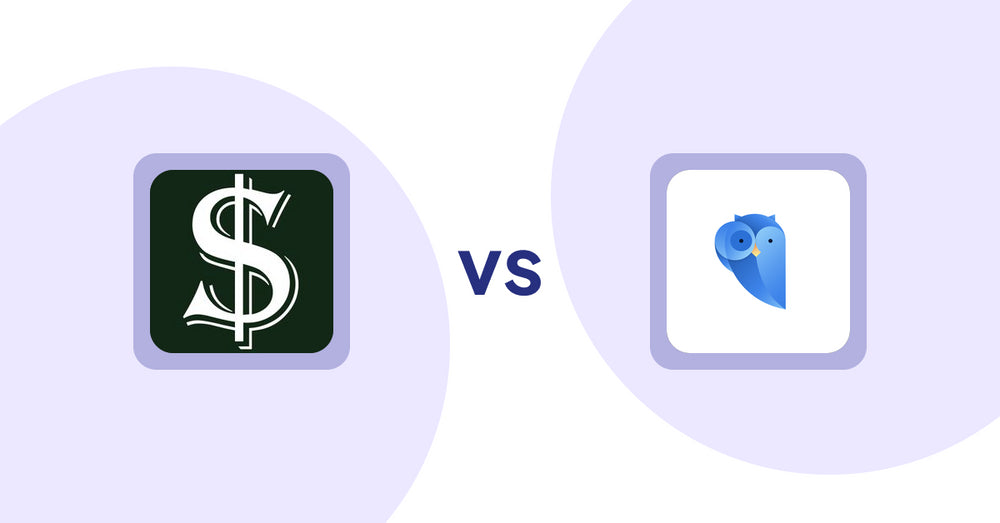
Shopify Product Display Apps: Selling Fast vs. Findify Search & Merchandise
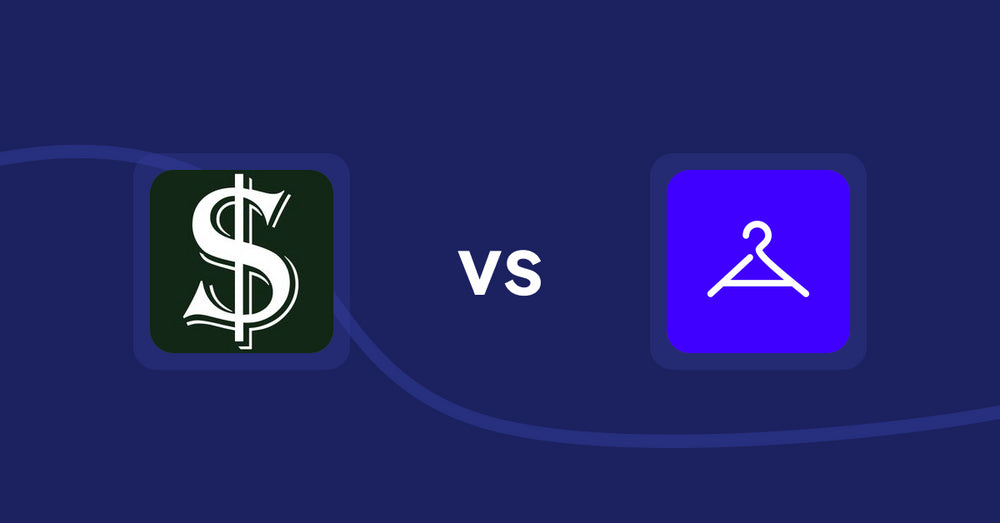
Shopify Product Display Apps: Selling Fast vs. Aiuta
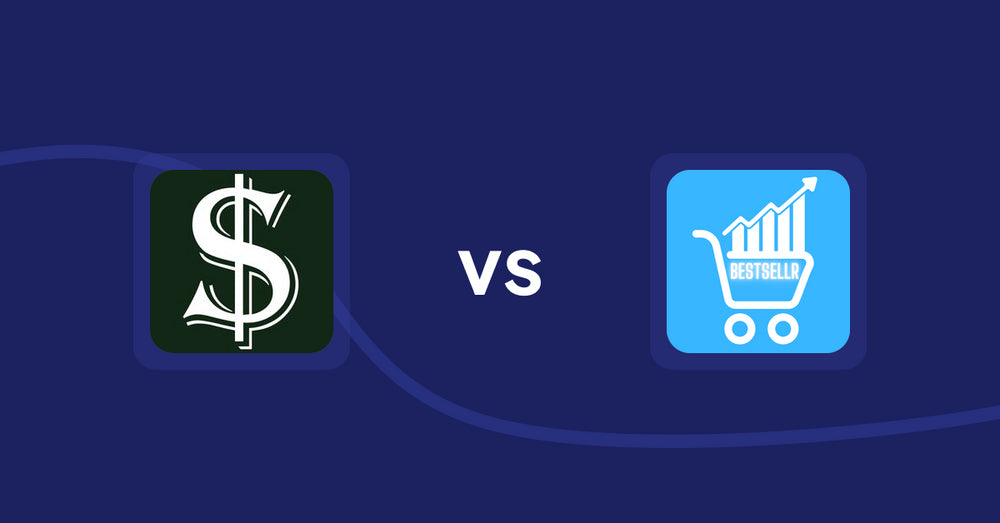
Shopify Product Display Apps: Selling Fast vs Bestsellr
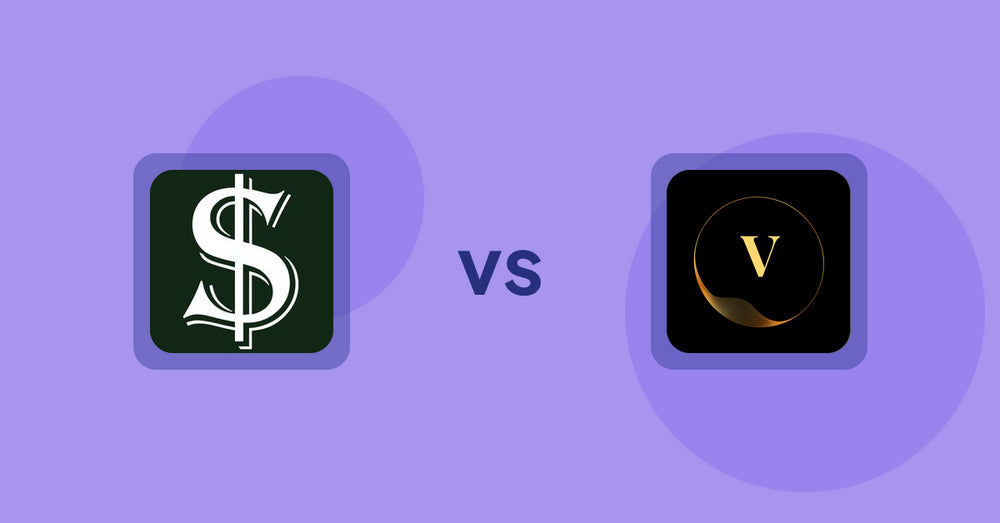
Shopify Product Display Apps: Selling Fast vs ProductTube
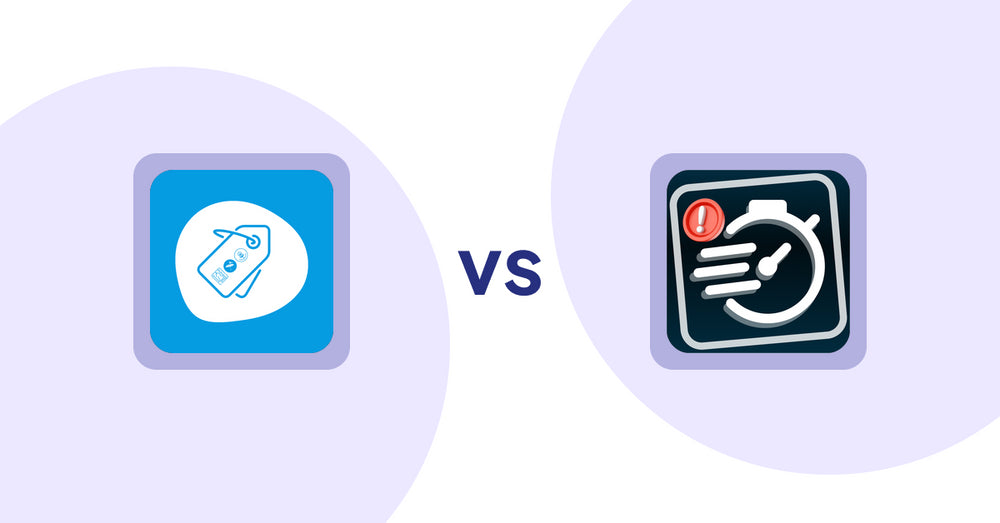
Shopify Product Display Apps: Extendons Product Tag Images vs Urgency! Low Stock Counter
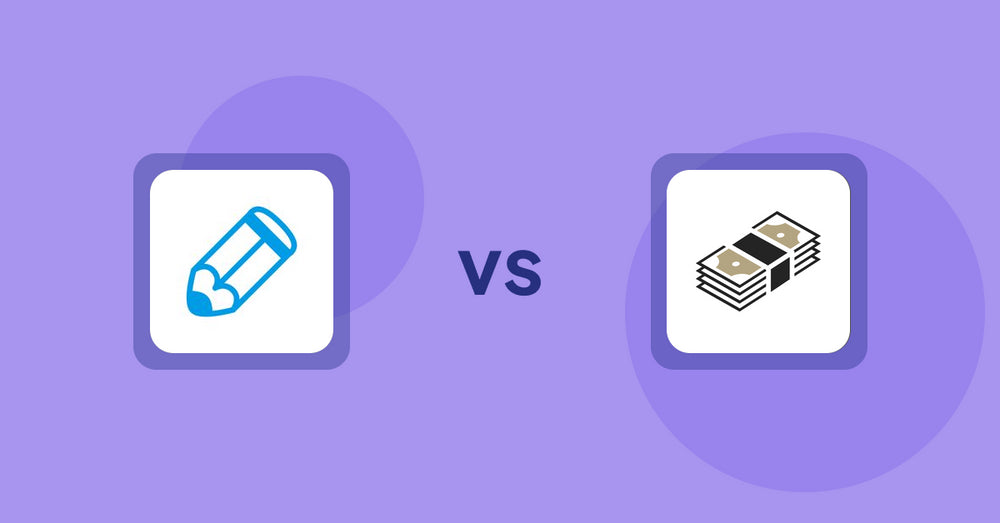
Shopify Product Display Apps: Writer Sofia vs シンプルクラウドファンディング|お手軽自社クラファン
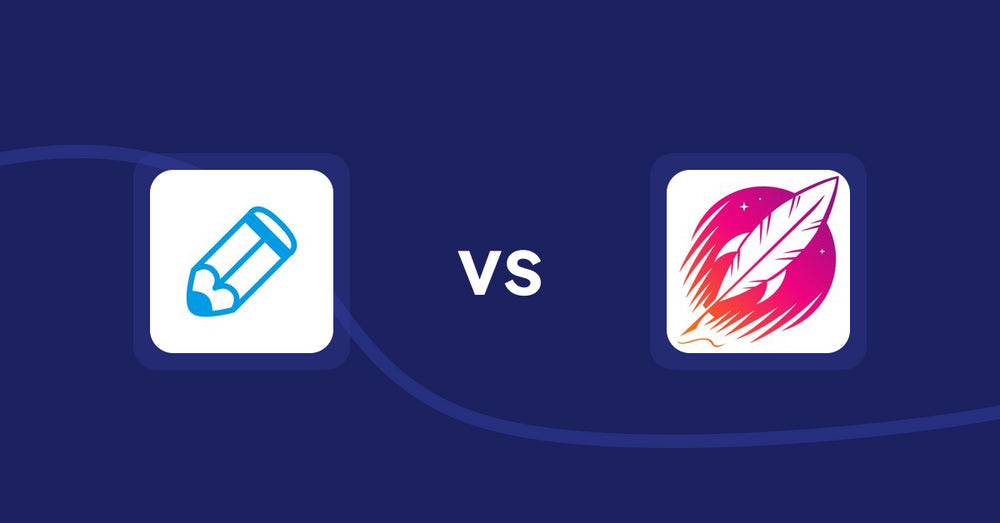
Shopify Product Display Apps: Writer Sofia vs Wordsmith: Content Generator
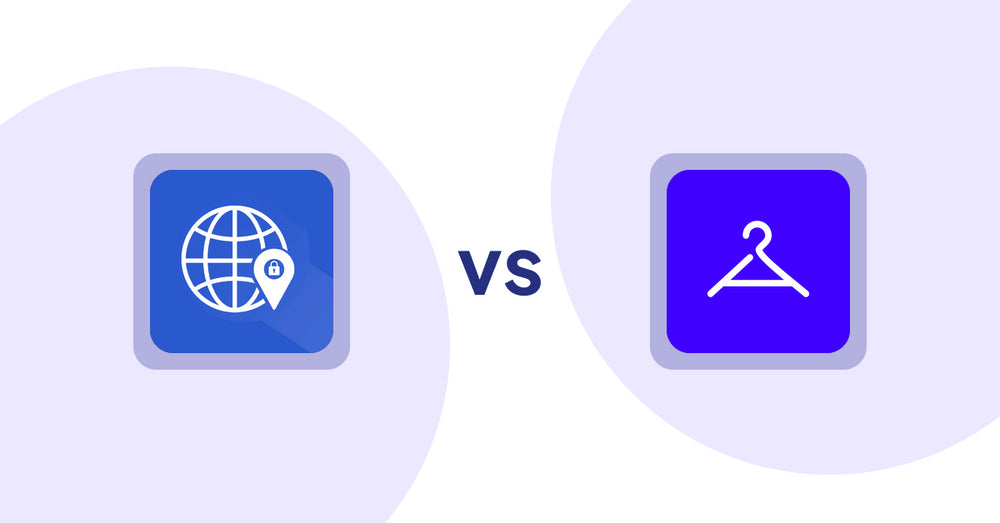
Shopify Product Display Apps: Addify ‑ Country Restrictions vs Aiuta
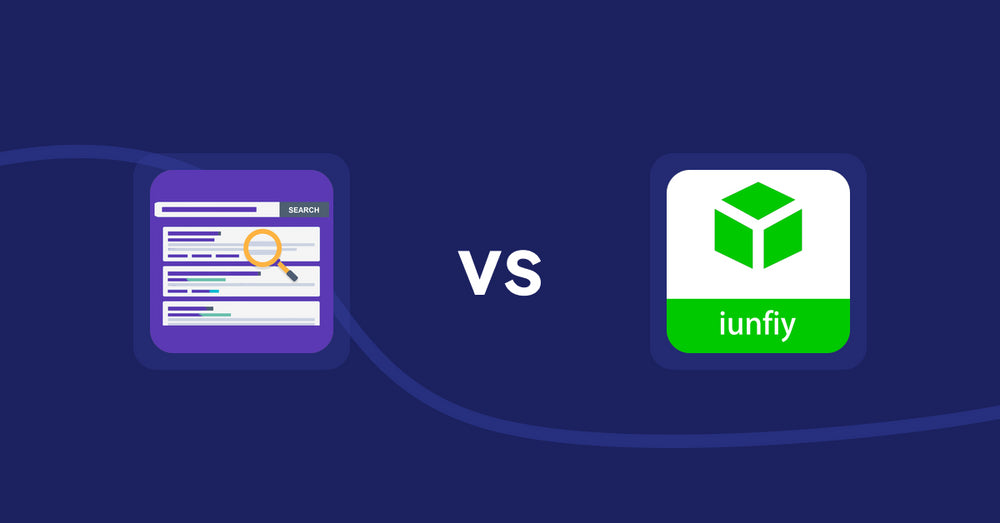
Shopify Product Display Apps: Spark AI Products Description vs iunfiy • Related Products
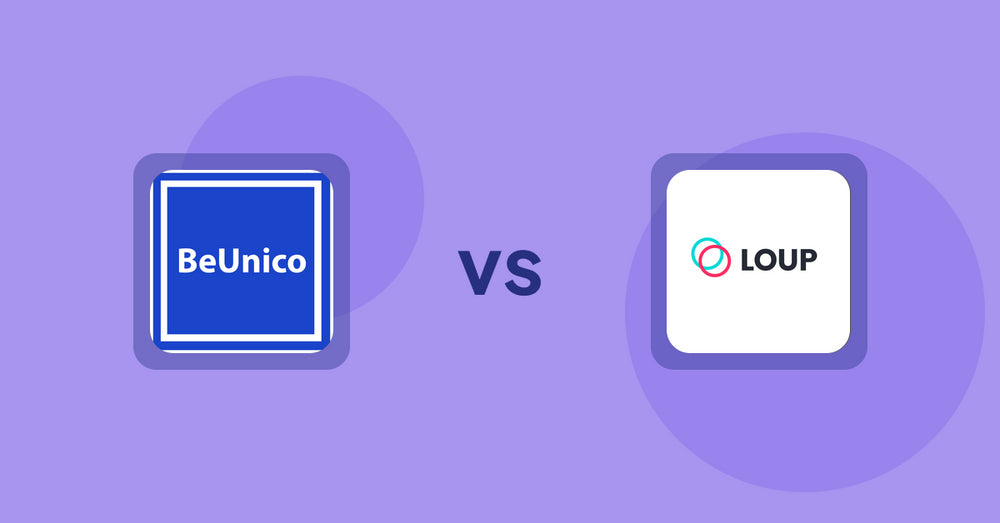
Shopify Product Display Apps: BeUnico vs Loup: Sell on Instagram
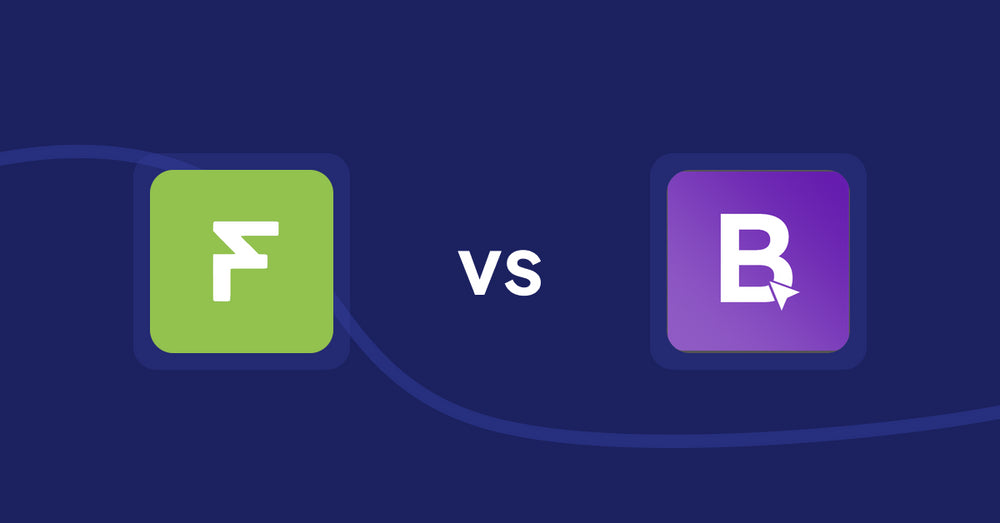
Shopify Product Display Apps: Easy Estimate Shipping vs BookE ‑Rent Property & Service
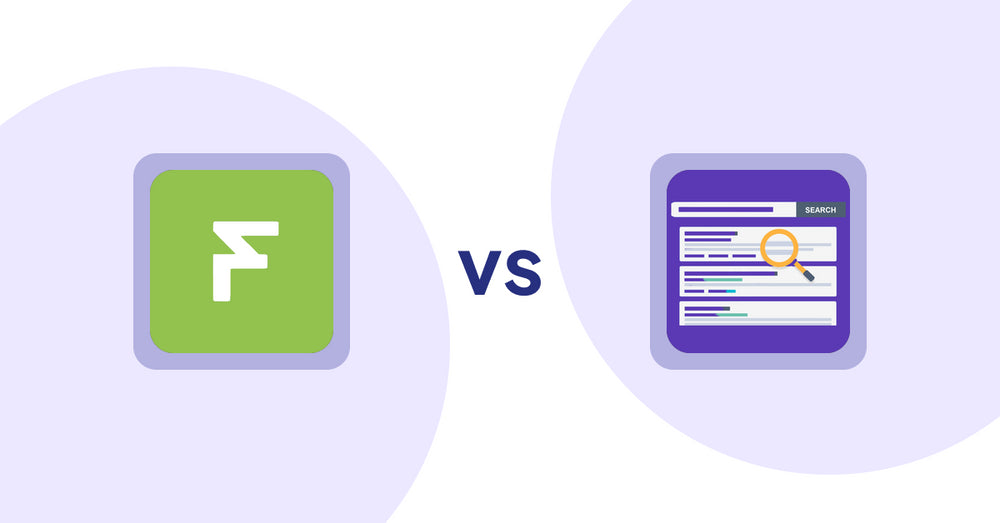
Shopify Product Display Apps: Easy Estimate Shipping vs. Spark AI Products Description
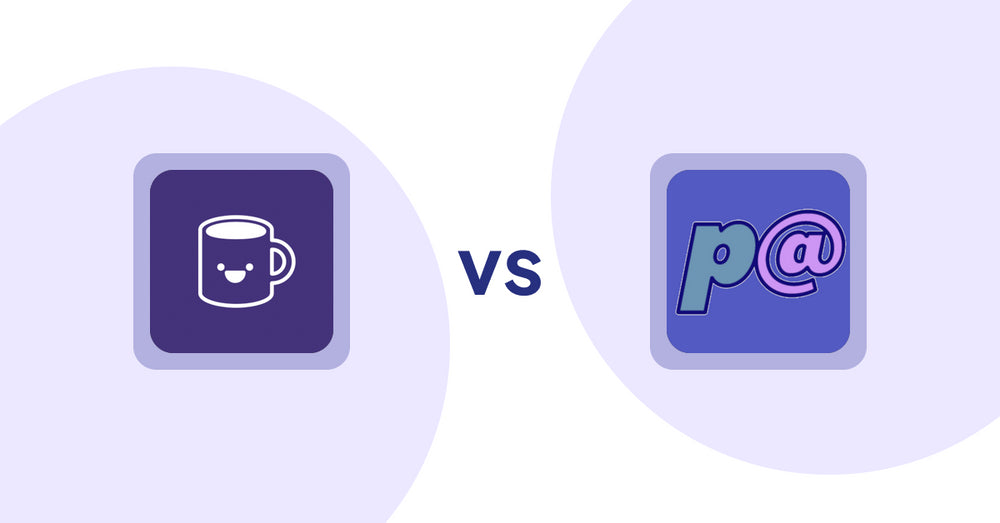
Shopify Product Display Apps: Mugshot Bot vs Parameterizer
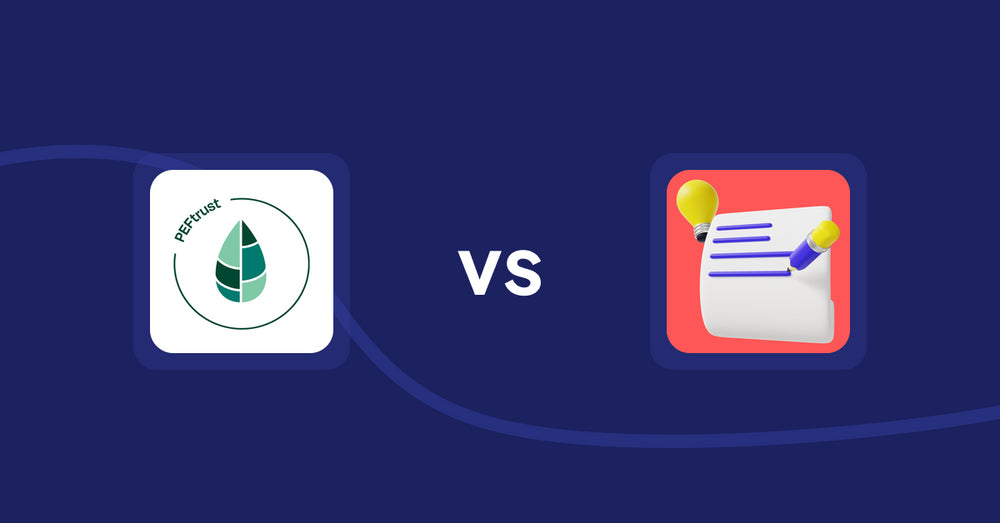
Shopify Product Display Apps: Peftrust vs. Wordo ‑ ChatGPT AI Description
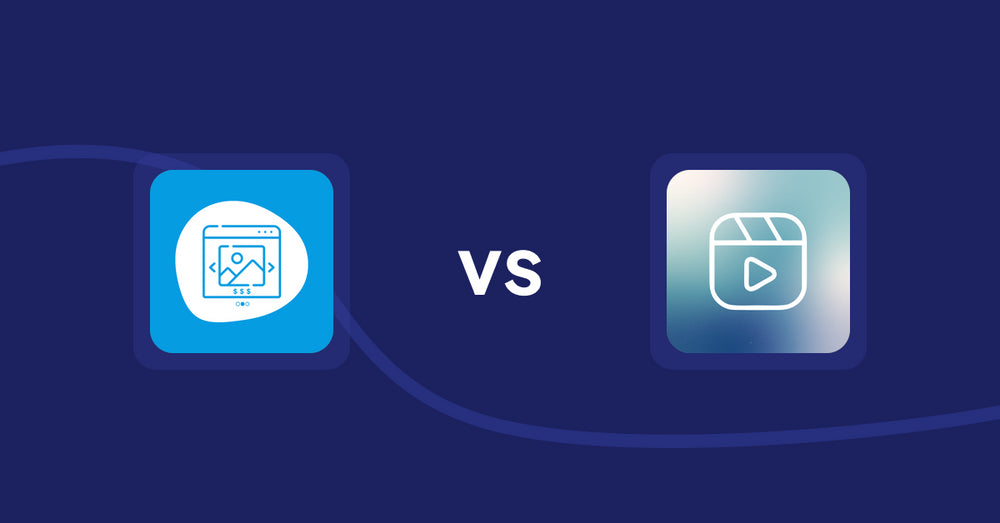
Shopify Product Display Apps: Quick Product Navigator Slide vs Reelify ‑ Shoppable Reel Video
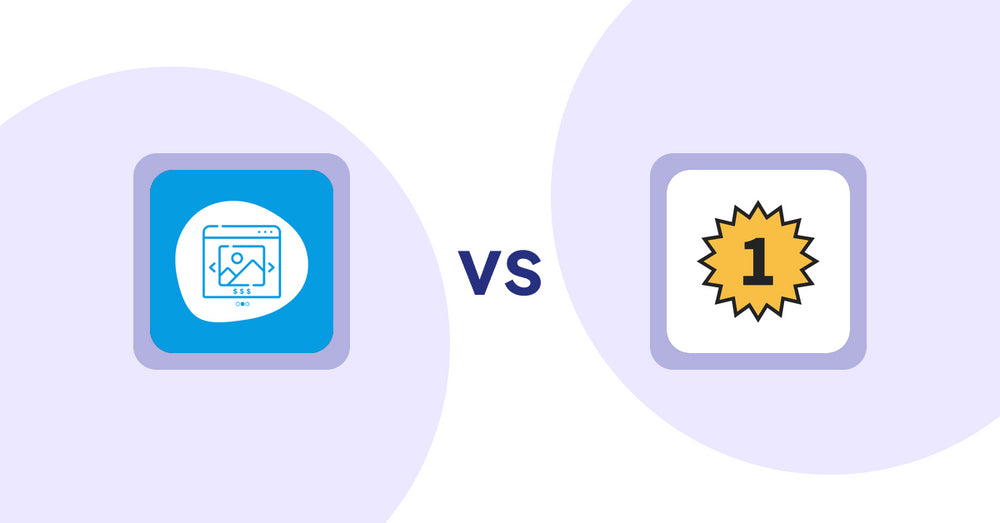
Shopify Product Display Apps: Quick Product Navigator Slide vs. UR: Smart Ranking
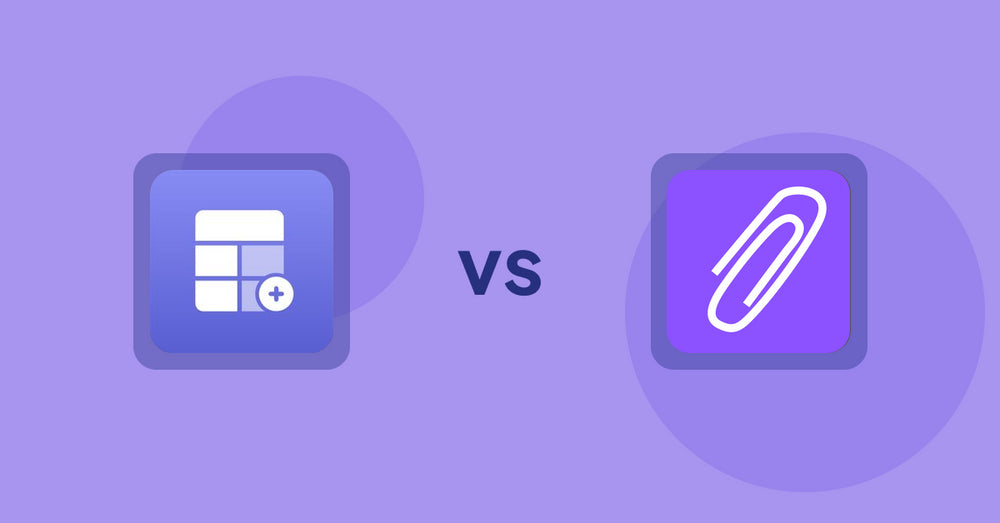
Shopify Product Display Apps: Eazy Specification Tags Table vs Agile Attachments
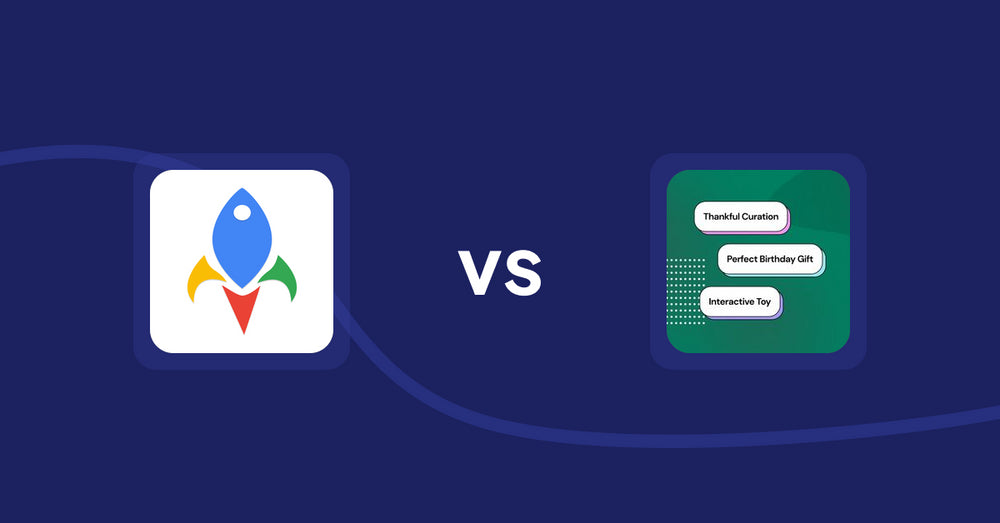
Shopify Product Display Apps: Jedi Back In Stock Admin Alert vs FeatureFrame ‑ Pretty Product
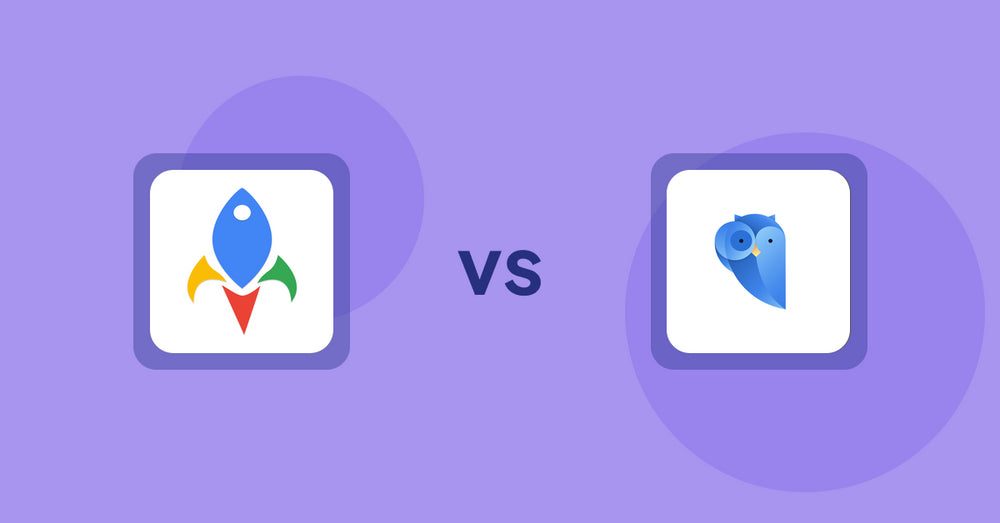
Shopify Product Display Apps: Jedi Back In Stock Admin Alert vs. Findify Search & Merchandise
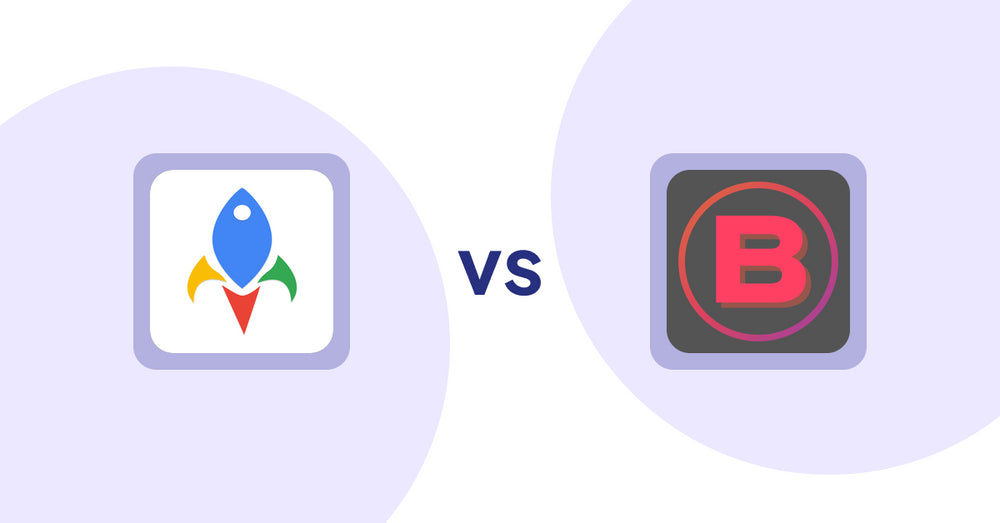
Shopify Product Display Apps: Jedi Back In Stock Admin Alert vs Banter Stories
